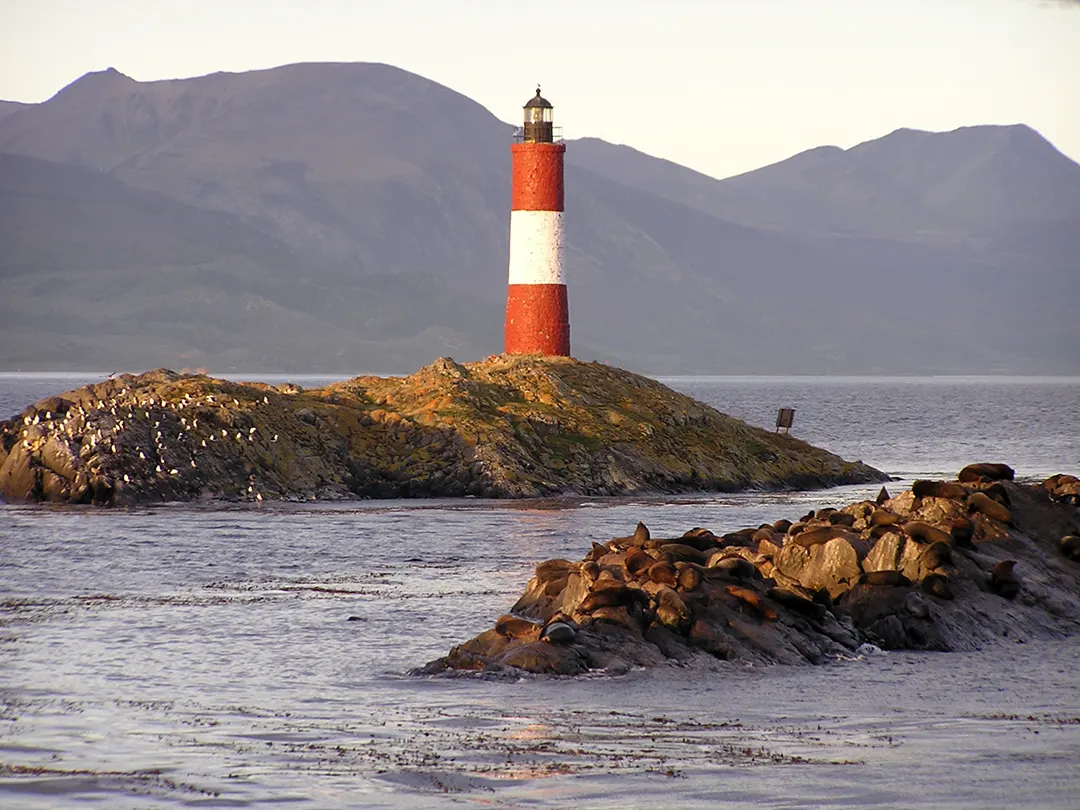
Newsletter
Enter your email address below and subscribe to our newsletter | Introduce tu dirección de correo electrónico a continuación y suscribíte a nuestro newsletter.

Enter your email address below and subscribe to our newsletter | Introduce tu dirección de correo electrónico a continuación y suscribíte a nuestro newsletter.
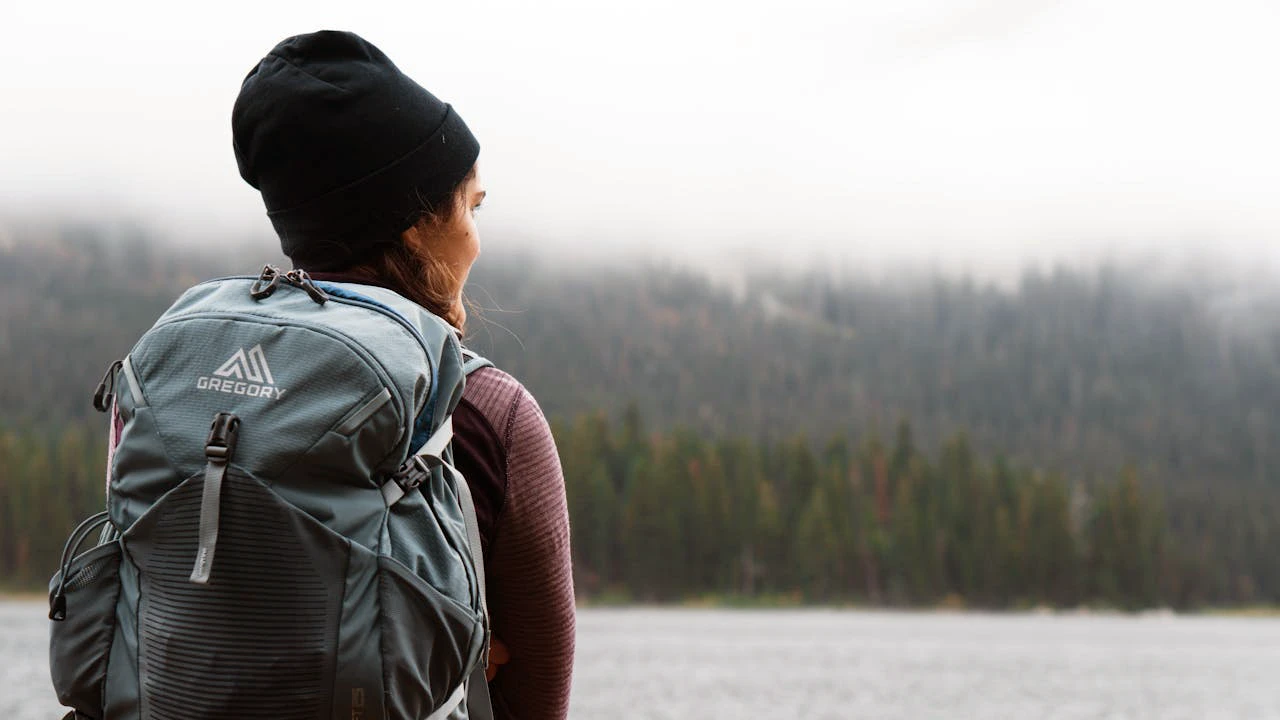
Patagonia, the majestic wilderness at the southernmost tip of South America, attracts travelers and adventurers from around the world. Spanning both Argentina and Chile, this vast region is characterized by towering peaks, vast glaciers, emerald forests, and windswept plains. But when is the best time to visit Patagonia? This question comes up frequently among potential visitors eager to explore its natural wonders. Let’s dive deep into the details and help you choose the perfect time to explore this incredible destination.
The vastness of Patagonia offers an impressive array of climates and temperatures, highlighting the region’s stunning geographic diversity and natural beauty. As you enter Patagonia through La Pampa, you’ll experience a Mediterranean climate with a wide temperature range from 5°C in winter to a sizzling 35°C in summer. In the mountainous areas, summers are mild while winters are cold and snowy, with an average annual temperature of around 8°C to 10°C. As you venture further south, the temperatures continue to drop.
At the southernmost tip of Patagonia, you might experience sun, rain, and snow all in a single summer day. Along the coast, temperatures are milder, making for pleasant beach days in the summer, though nights are usually cool. One notable feature of Patagonia is the persistent wind, especially intense during the summer months.
Daylight varies significantly with the seasons. Near the southern end, winter days are short, while summer days stretch out with over 17 hours of daylight. In winter, the sun rises late and sets around 5:30 PM.
When packing for a trip to Patagonia, it’s essential to consider the season and specific area you’ll be visiting. Layered clothing, or “onion-style” dressing, is recommended to adapt to the wide range of daily temperatures. For mountain areas, sturdy and comfortable footwear for rugged terrain is a must. A windbreaker and waterproof jacket are useful, but an umbrella won’t hold up against the wind. Winter travelers should bring appropriate gear for cold and snowy conditions, especially in the mountains. Additionally, a hat, sunglasses, sunscreen, and insect repellent are handy for outdoor activities.
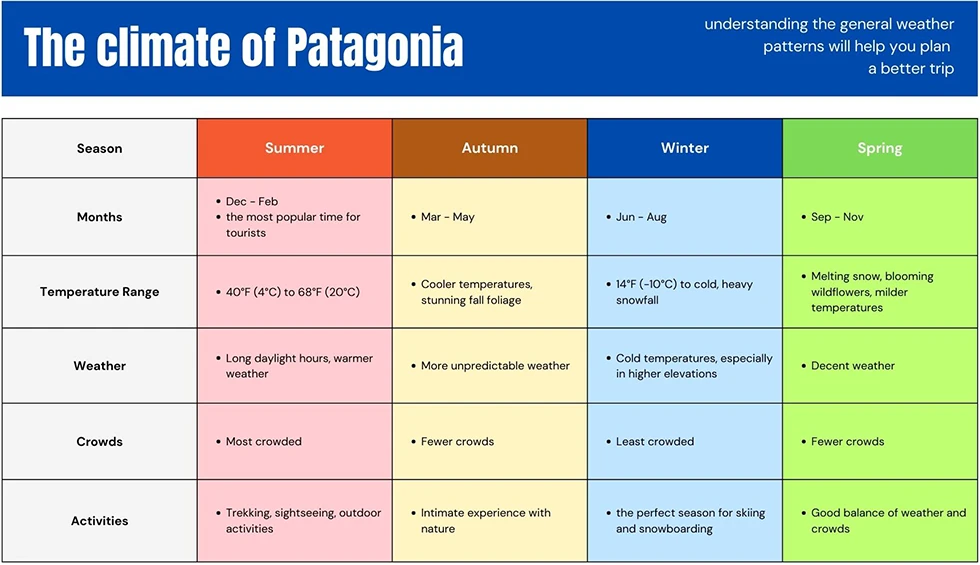
So, When is the Best Time to Visit Patagonia?
Patagonia’s climate can be as diverse as its landscapes. The region can experience four seasons in a single day, so understanding the general weather patterns will help you plan better.
The best time to visit Patagonia can also depend on what activities you have in mind. Below we break down the ideal seasons for various popular activities.
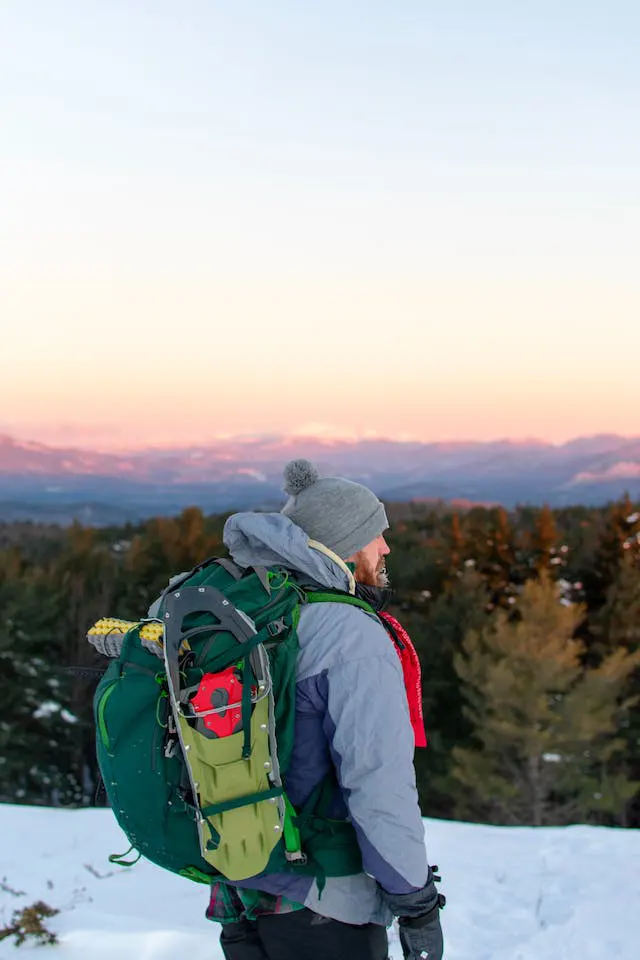
If hiking is your passion, then summer (December to February) is your best bet. Trails are fully accessible, weather conditions are relatively stable, and the days are long. Some popular hikes include:
Spring (September to November) and autumn (March to May) are also good alternatives for hiking if you wish to avoid the summer crowds.
Patagonia is a haven for wildlife enthusiasts. Depending on what you hope to see, the timing of your visit can vary:

For those who find thrill in extreme sports, Patagonia offers a wide range of activities. Here are some seasons and activities to consider:
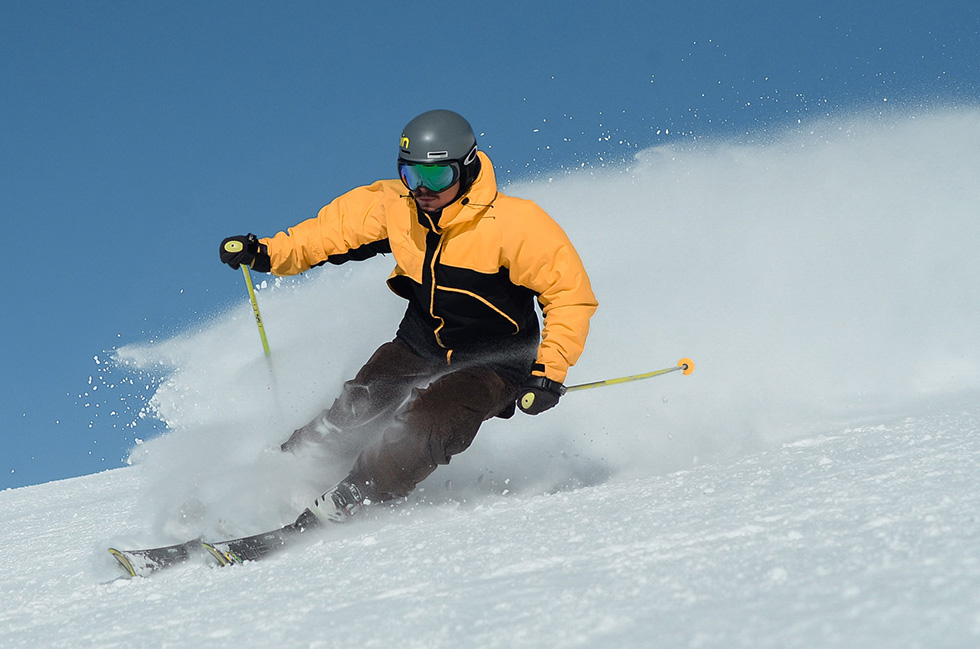
If you’re interested in experiencing Patagonia’s rich culture and history, any time of the year can be rewarding. However, here are some highlights:
Another important factor to consider when deciding the best time to visit Patagonia is the balance between pricing and crowds.
When planning your trip to Patagonia, consider these additional tips:
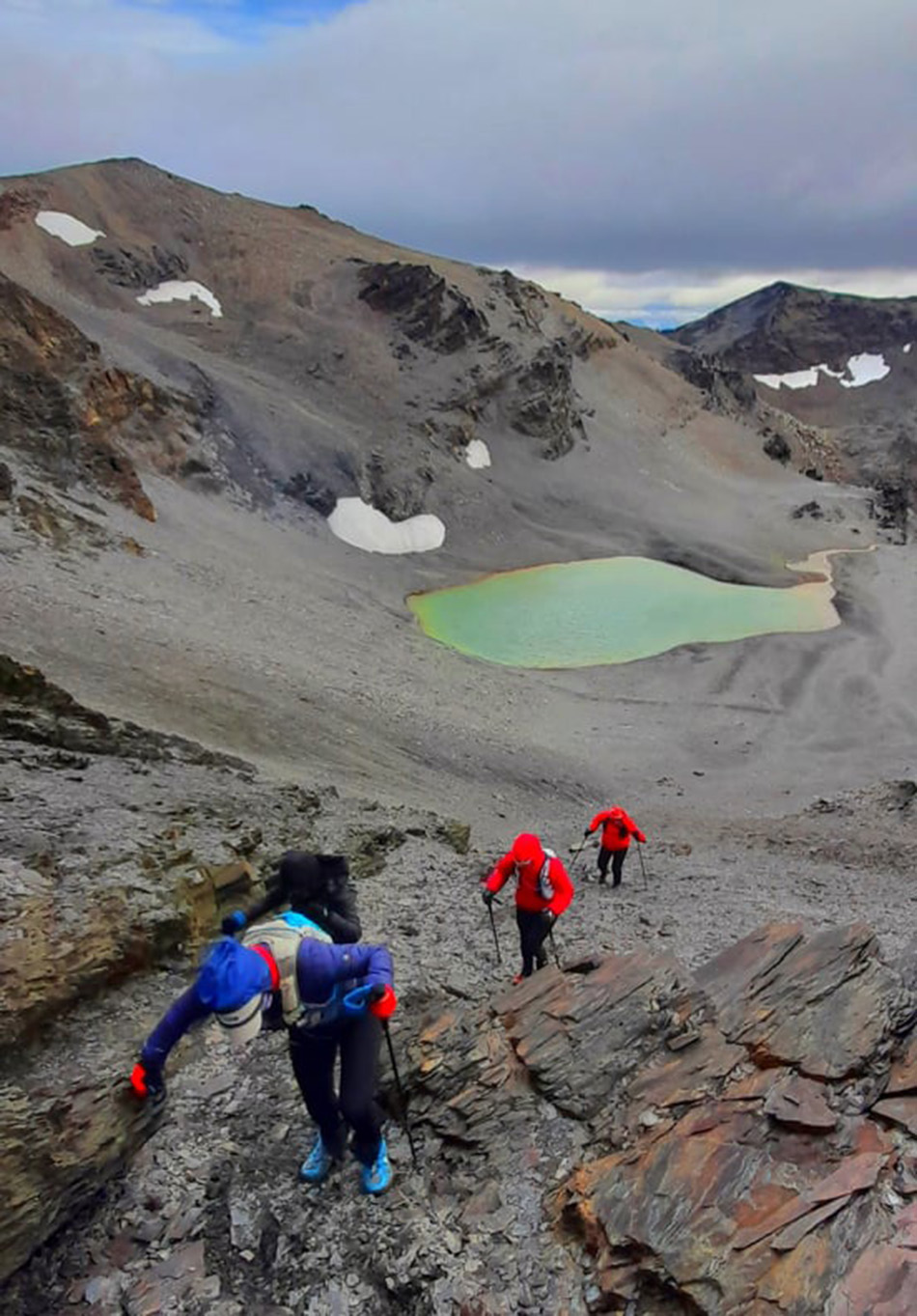
Ultimately, the best time to visit Patagonia depends on your interests, activities, and priorities. Each season offers its own unique advantages and challenges. Whether you’re a hiker seeking clear summer skies, a wildlife enthusiast aiming to spot whales and penguins, or a winter sports lover ready to hit the slopes, Patagonia is a year-round destination with something spectacular to offer. So, pack your bags, prepare your itinerary, and get ready to explore one of the most breathtaking regions on Earth!
Have you been to Patagonia? Share your experiences and tips in the comments below. Happy travels!